Heading back to school in the pandemic
An entire generation has seen its education interrupted.
At the height of nation-wide lockdowns in April, approximately 91 per cent of the world's students in more than 194 countries were out of school. This has caused immeasurable disruption to the lives, learning and wellbeing of children around the world.
UNICEF is working together with governments and schools to keep children, particularly the most marginalized, learning and to not just reopen schools, but reopen better schools.
As school doors start to reopen in some countries, measures like handwashing stations, physical distancing, mask wearing and temperature checks are being integrated into school life. Here’s a glimpse of what a return to school looks like for students in the following countries.
Bhutan
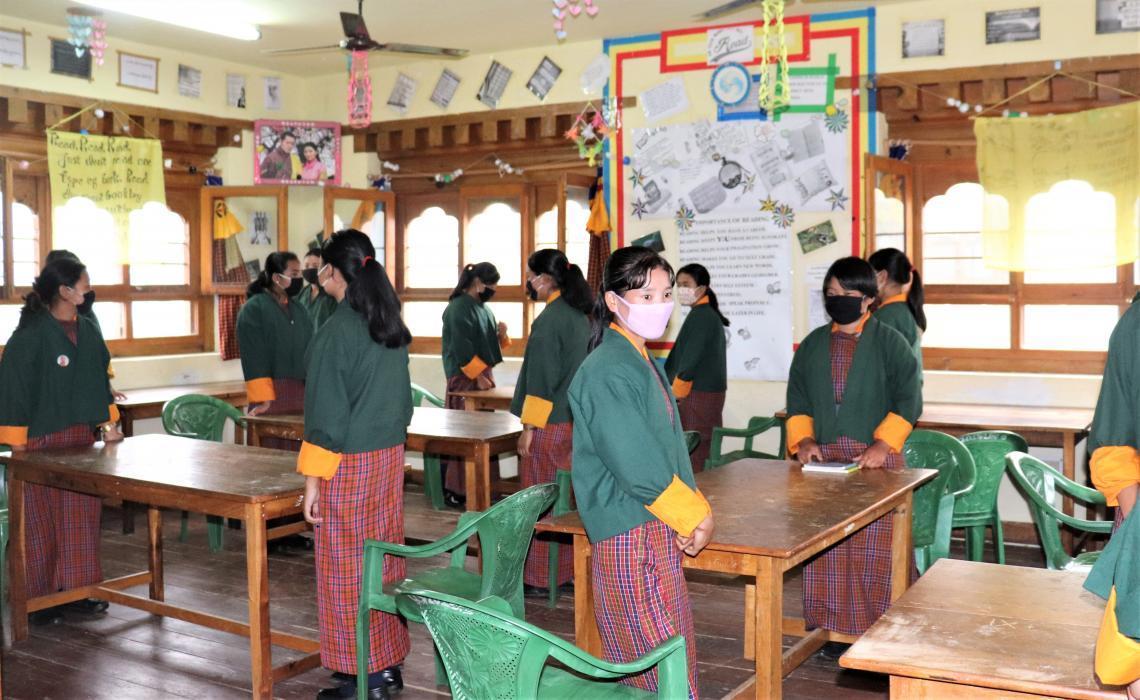
Classes are buzzing at Samtengang Central School in Wangdue, Bhutan, which welcomed its 134 students on July 1 when schools across the country reopened for Grades 9 and 11.
UNICEF has been working closely with the Ministry of Education to develop national guidelines and checklists for reopening schools and to help put safety measures in place.
China
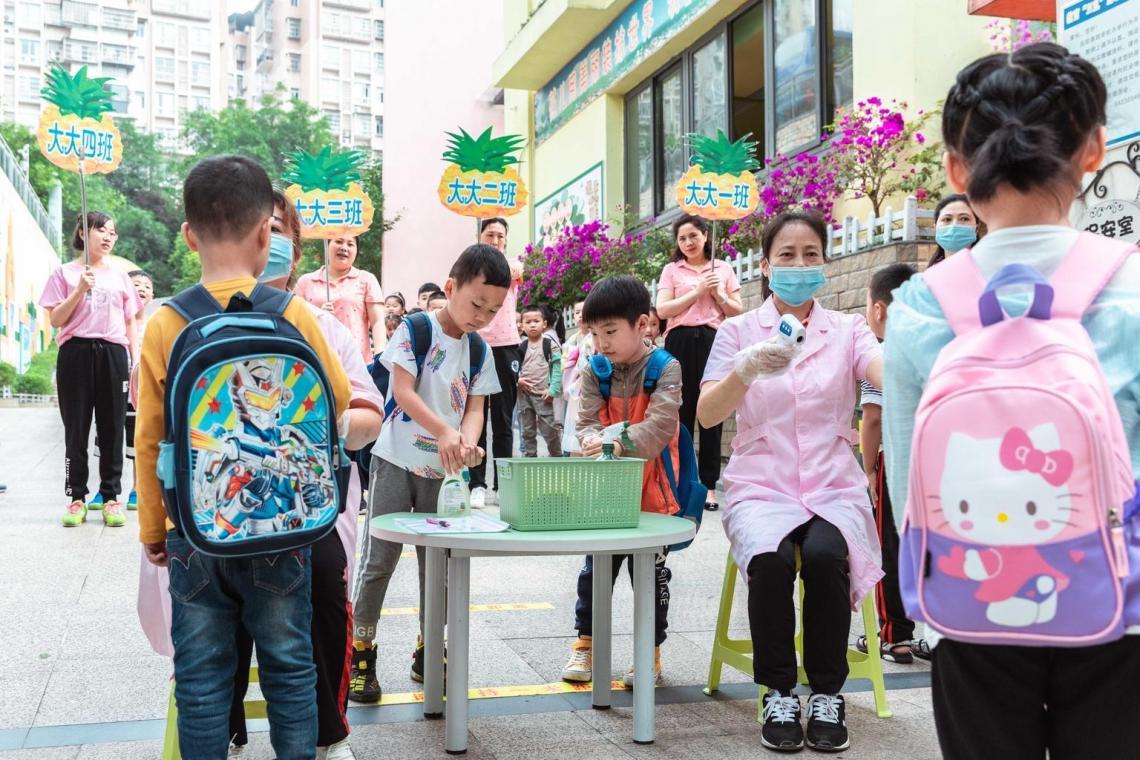
Children get their temperature checked and use hand sanitizer before entering their kindergarten, which reopened on June 2 in Chongqing, China. To keep children healthy and safe, staff and teachers have implemented a series of measures, including monitoring for COVID-19 symptoms, encouraging good hygiene practices and disinfecting classrooms and dormitories.
Children in China are gradually returning to school following the COVID-19 outbreak. Based on disease control and prevention measures, timetables vary across provinces and school grades.
UNICEF supported a Safe School Return campaign to support students, teachers and parents with practical tips that have been distributed to schools across the country.
Côte d’Ivoire
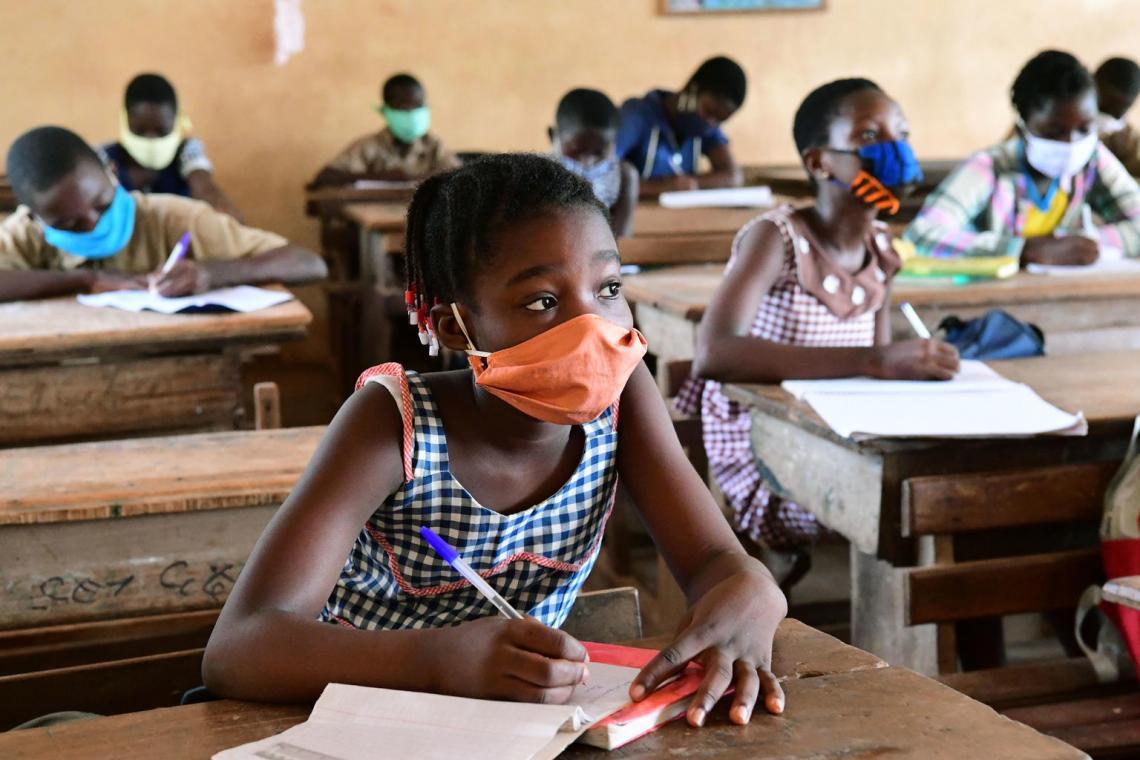
Children attend classes at the primary school of San-Pedro, in the South West of Côte d'Ivoire. Due to COVID-19, schools were closed for several weeks. On May 18, classes resumed with precautionary measures: children wearing masks, washing their hands regularly and maintaining physical distance.
The Ministry of Education has recently announced a school break between the end of June and September. UNICEF is supporting the ministry with the development of practical guidance and counselling tools to support local authorities, families and students.
Egypt
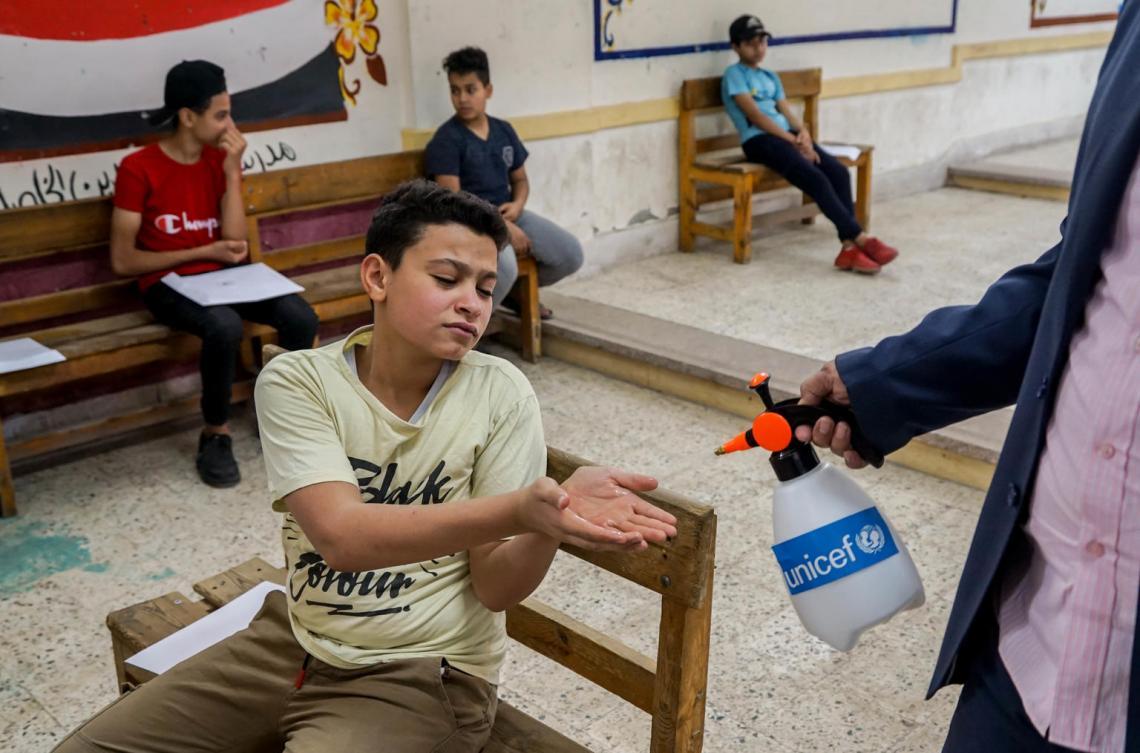
A student gets his hands disinfected at a high school in Minia governorate in Egypt.
UNICEF is supporting the Ministry of Education with the development of guidelines for the safe reopening of schools. We have also supported disinfection efforts in 360 schools in the Minia and Fayoum governorates to help protect 338,259 children. UNICEF will help disinfect another 567 schools ahead of the Grade 12 final exams.
Lao People's Democratic Republic
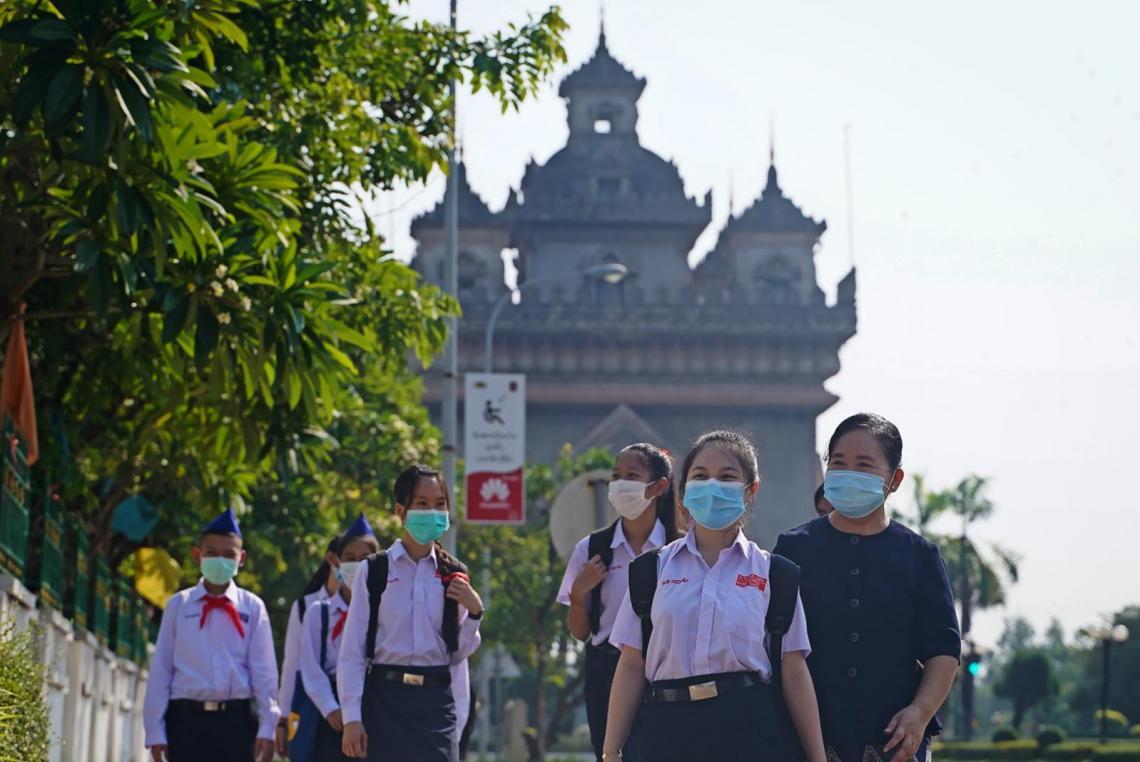
On May 18, Lycée de Vientiane, a public school in Vientiane, Lao PDR’s capital, welcomed back over 900 of its students.
After a two-month-long school closure in Lao PDR and with no new cases reported in over a month, the Ministry of Education issued Safe Schools guidance for schools to reopen in phases.
UNICEF supported the Ministry of Education to develop a COVID-19 response plan and participated in a back-to-school campaign aimed at parents, teachers and students. As part of the campaign, posters were distributed to all schools in the country, as well as messages in digital and traditional media.
Vietnam

Teachers and students take preventative measures on the first day of school in Lao Cai, Vietnam on May 11. These measures are being called 'new habits' to make schools safer for all during the COVID-19 pandemic.
Following a prolonged break since the Lunar New Year festival in late January, over 22 million Vietnamese students began to return to school. For schools to reopen, they had to meet a list of safety standards set by the Ministry of Education and Training, to prevent the spread of infections. These included environmental and food hygiene, medical and sanitation tools (such as thermometers and soap), temperature checks, mask wearing and appropriate distancing in the classroom.
With support from UNICEF, all 43,966 schools nationwide have implemented school safety protocols to help students and teachers return to school.
Get the data on COVID-19 and education >>
UNICEF Canada guidelines on COVID-19 support >>
Back to school during COVID-19: Supporting children's mental health >>
